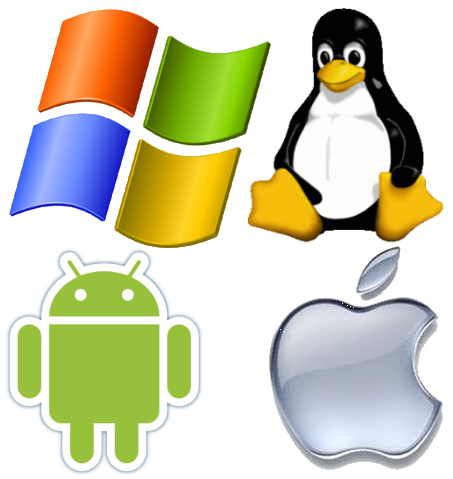Reinstalling Mac OSX by booting into the Rescue drive partition (hold Cmd-R at boot) and selecting “Reinstall Mac OS” does not delete anything. It overwrites all system files in-place, but retains all your files and most preferences.
Can you reinstall macOS without losing data?
Step 4: Reinstall Mac OS X without Losing Data
When you get the macOS utility window on the screen, you can just click on the “Reinstall macOS” option to proceed. … In the end, you can just choose to restore data from the Time Machine backup.
What happens if I reinstall macOS?
It does exactly what it says it does–reinstalls macOS itself. It only touches operating system files that are there in a default configuration, so any preference files, documents and applications that are either changed or not there in the default installer are simply left alone.
Does reinstalling macOS remove malware?
While instructions are available to remove the latest malware threats for OS X, some may choose to simply reinstall OS X and start from a clean slate.
How do I reset my Mac without losing everything?
Step 1: Hold the Command + R keys until the MacBook’s utility window hasn’t opened. Step 2: Select Disk Utility and click on Continue. Step 4: Select the format as MAC OS Extended (Journaled) and click on Erase. Step 5: Wait till the MacBook is completely reset and then go back to the Disk Utility’s main window.
Does reinstalling macOS improve performance?
When Your Mac Is Really Slow
You might need to remove some startup programs, run updates on your system, or clean out your storage drive to fix this issue. But if none of these fixes have an effect, reinstalling macOS can likely help speed up your system.
How do I wipe and reinstall my Mac?
Select your startup disk on the left, then click Erase. Click the Format pop-up menu (APFS should be selected), enter a name, then click Erase. After the disk is erased, choose Disk Utility > Quit Disk Utility. In the Recovery app window, select “Reinstall macOS,” click Continue, then follow the onscreen instructions.
Where is macOS recovery stored?
This recovery system is stored on a hidden partition on your Mac’s hard drive — but what if something happens to your hard drive? Well, if your Mac can’t find the recovery partition but it’s connected to the Internet via either Wi-Fi or a network cable, it’ll start the OS X Internet Recovery Feature.
Does a factory reset get rid of malware?
If your PC, Mac, iPhone or Android smartphone becomes infected by a virus, a factory reset is one way of potentially removing it. However, a factory reset should always be approached with caution. You will lose all your data. … It does remove viruses and malware, but not in 100% of cases.
Does formatting Mac remove virus?
Maximum time yes, as formatting removes virus including all the files, data and programs present in the system. As virus is also a infected program, it get removed.
How do I wipe my Mac of viruses?
How to get rid of a virus on a Mac
- Find and open Activity Monitor. …
- Find and stop programs that are harming your computer. …
- You can drag programs straight from your Applications folder to the Trash. …
- Open the “Safari Extensions” menu. …
- Open your System Preferences. …
- You can pick and choose which programs open at startup.
21 июн. 2019 г.
